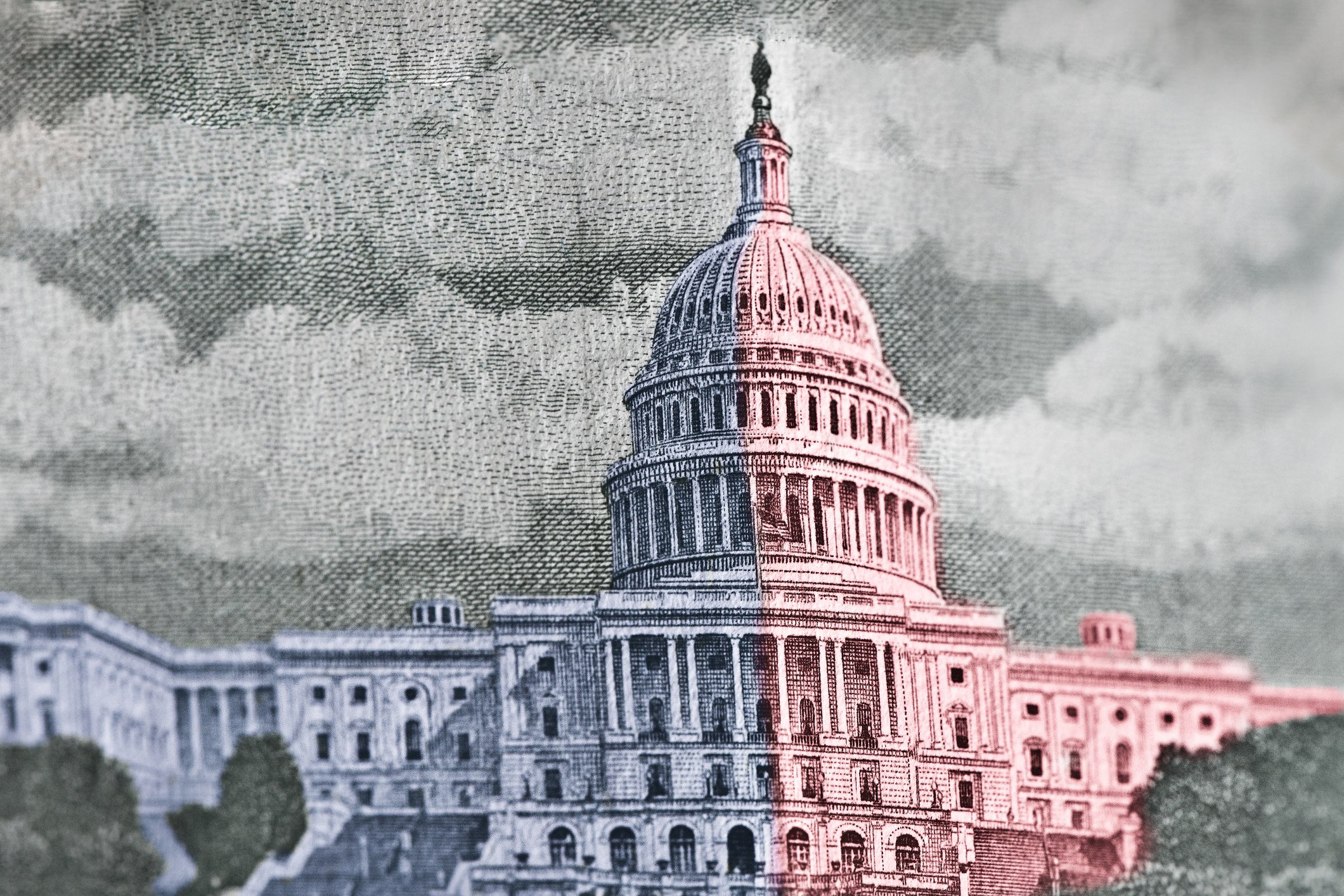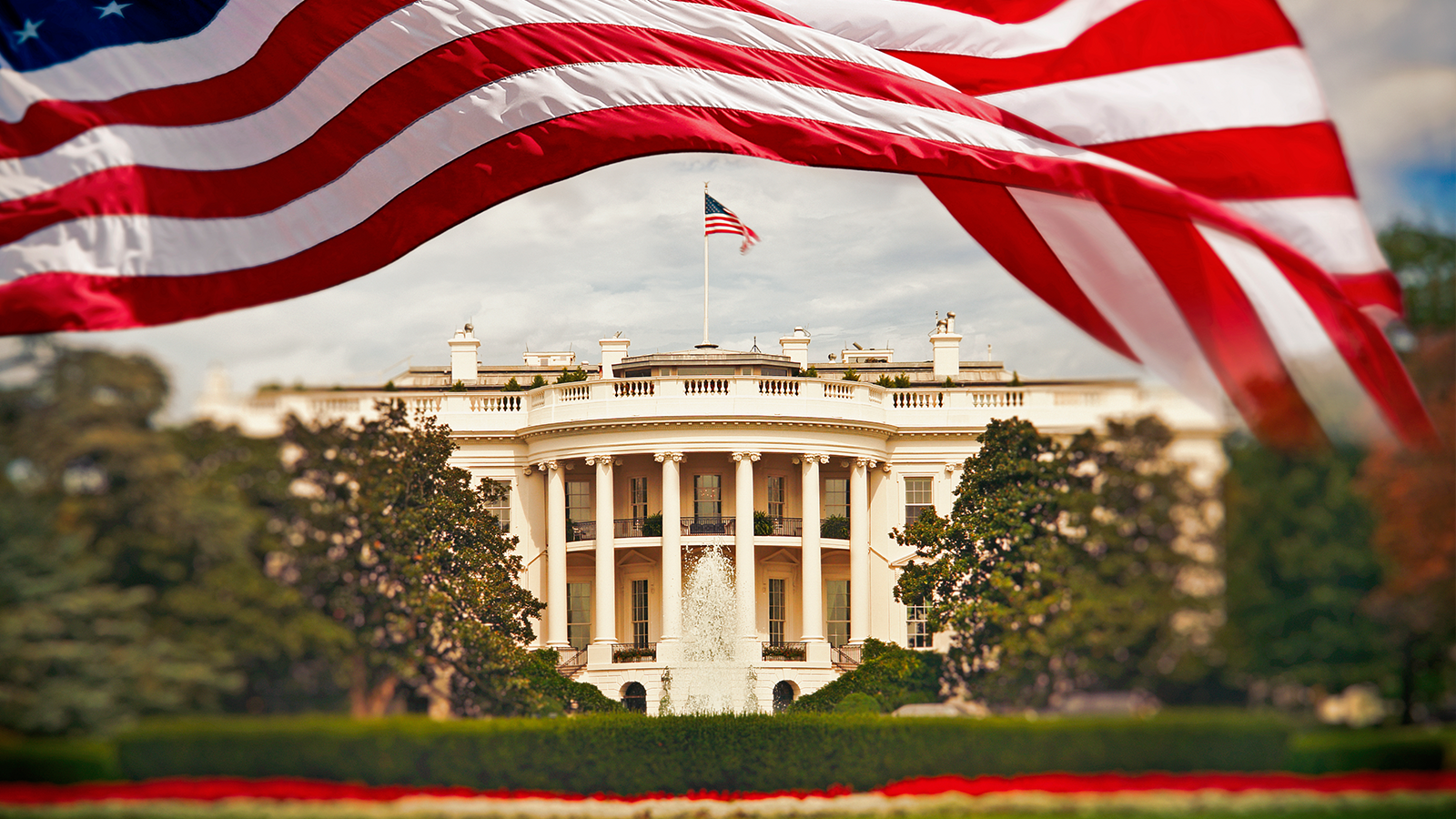
American democracy began as an experiment. Historically, nations around the world were empires founded on a hierarchy of monarchs or dictatorship. The founding fathers implemented the US Constitution to ensure that the new nation would be different and represent the interests of all individuals rather than aristocrats—hence the creation of our democratic two-party system of government and the electoral college voting system that elects the presiding members of the executive branch.
The notion of a peaceful transition of power between administrations has been universally accepted since America was founded. “Since George Washington handed the keys to John Adams, the transfer of power between presidents has been complicated, sometimes spiteful and occasionally harrowing, but it has ultimately always been peaceful” (Berkowitz & Walls, 2020). Peaceful transitions of power between administrations remain an important issue and a matter of national security to ensure the new president can be ready to address issues on day one. Successful transitions require strong cooperation between the incoming and outgoing administrations in order to set the tone for the incumbent president and the balance of responsibilities, but some of the most successful US presidents overcame tense transitions and rocky relationships with their predecessors. Looking at the rich history of elections can inform citizens of the reason that peaceful transitions, especially between political parties, are critical for our democracy.
Photo: iStock by Getty Images
The Election of 1800
The first few peaceful transitions of power in a country are often treated as an important stage in a governments transition toward democracy. For the United States, after the first two presidents, George Washington and John Adams, American democracy faced its first test of how to resolve a transition of power during a national crisis.
After the Federalist president John Adams’s controversial one-term, the two new nominees, Aaron Burr and Thomas Jefferson, tied for president in the election of 1800. Amid threats of violence and fears of national dissolution, Congress met in February 1801 to resolve the fiercely contested election. Federalists and Republicans argued over how best to resolve the situation and implemented federal guidelines to forge ahead with a presidential decision. Ultimately, both parties accepted the Constitution as the framework by which to settle the dispute, and the decision rested with the House of Representatives. The political parties, which had just brought the nation to the verge of destruction, now served as the instruments to mediate a political solution. After much deliberation, the House ultimately elected Jefferson as president, which marked the first time in American history that power had transferred between political parties.
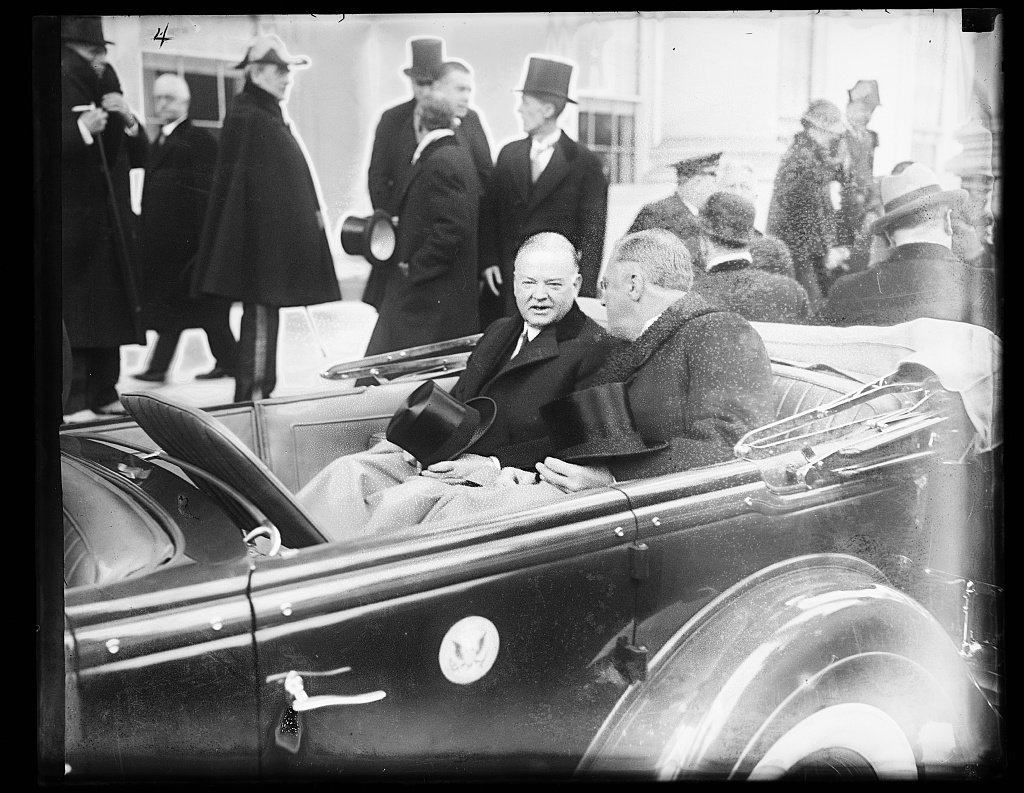 Photo: Library of Congress
Photo: Library of Congress
The Hoover-FDR Transition
In the midst of the Great Depression, the infamous 1932 election between president Herbert Hoover and president-elect Franklin D. Roosevelt occurred. The two politicians failed to cooperate in any matter during the four-month transition during the height of the greatest economic downturn in US history.
FDR won the vote in a landslide—a clear victor by over seven million votes—but there was still contention from President Hoover. Historians blame this “fundamental oddity” on the deep-rooted unpopularity of the outgoing president due to his failure to respond to the dire circumstances of unemployment and Depression-driven poverty facing the nation (Sorkin, 2017). Hoover ultimately surmised that the nation had made a mistake in the election and thought he would be protecting the nation from FDR’s proposed New Deal by staging a commission where they would work together asking European countries for economic debt relief. Hoover proposed these actions in the months leading up to the new administration’s inauguration. However, the plan backfired as FDR declined, recognizing that, as president-elect, his responsibilities were not yet authorized and his own agenda would have been weakened by a premature move to gain power.
Hoover publicized correspondence between them because he believed that America would be outraged at Roosevelt’s behavior. FDR did get a fair amount of bad press in this circumstance, but there was also support for the president-elect, particularly excitement about his firm understanding of the country’s economic needs. Despite the drama between the two presidents, FDR’s inauguration went off without a hitch, and he was able to push his New Deal initiatives through Congress at a rapid pace, turning around the US economy and offering much-needed relief to the entire population.
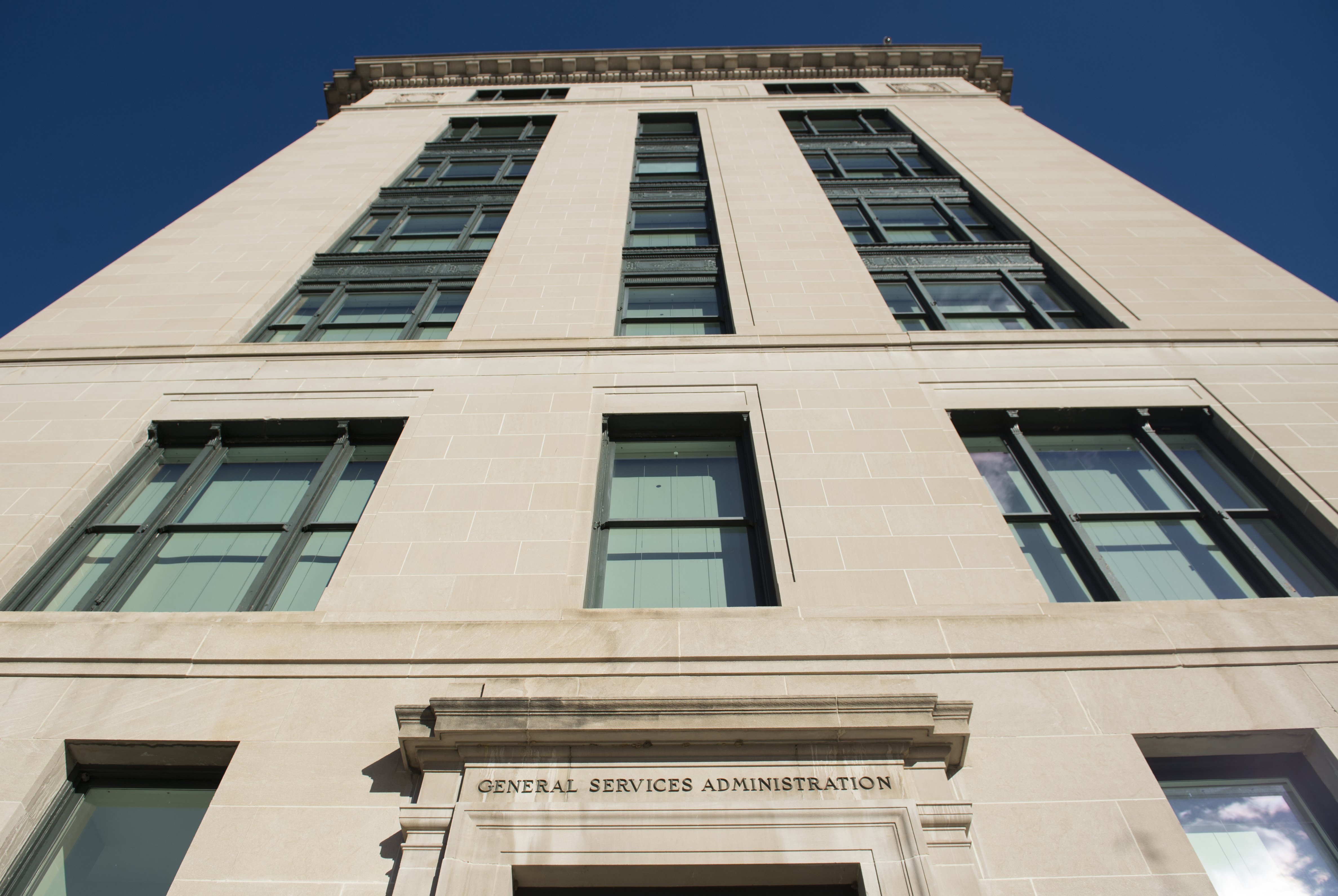
Photo: AFP via Getty Images
The Presidential Transition Act of 1963
Passage of the Presidential Transition Act of 1963 by Congress explained that “any disruption occasioned by the transfer of the executive power could produce results detrimental to the safety and well-being of the United States and its people” (Center for Presidential Transition, 2020). To promote the peaceful transition of power, Congress established a framework for the federal government to prepare for a smooth transfer from one president to another.
With strong bipartisan support, the act has been amended over the years to recognize the increasing complexities of presidential transitions due to strong-leaning political parties and agendas. The law requires the General Services Administration to provide core support services to presidents-elect and vice presidents elect, including office space and other amenities. The act also requires the White House and agencies to begin transition planning well before a presidential election, benefitting both first- and second-term administrations (Center for Presidential Transition, 2020). A White House council plans and guides the transition; another council of career officials from federal agencies prepares key information to share.
 Photo: iStock by Getty Images
Photo: iStock by Getty Images
The Election of 2000
In the 2000 presidential election, George W. Bush, the Republican governor of Texas, narrowly led Al Gore, the Democratic vice president, in Florida after the first results were tallied, thus triggering an automatic statewide recount. After a machine recount revealed an even narrower lead for Bush, a legal battle ensued over the scope and method of further hand recounts, with teams of opposing lawyers swarming the Florida electorate. The disputed election results ultimately reached the Supreme Court, which ruled the hand recounts unconstitutional under the fourteenth amendment. Despite calls from his supporters to continue the fight, Gore conceded peacefully, saying, “While I strongly disagree with the Court’s decision, I accept it” (Bill of Rights Institute).
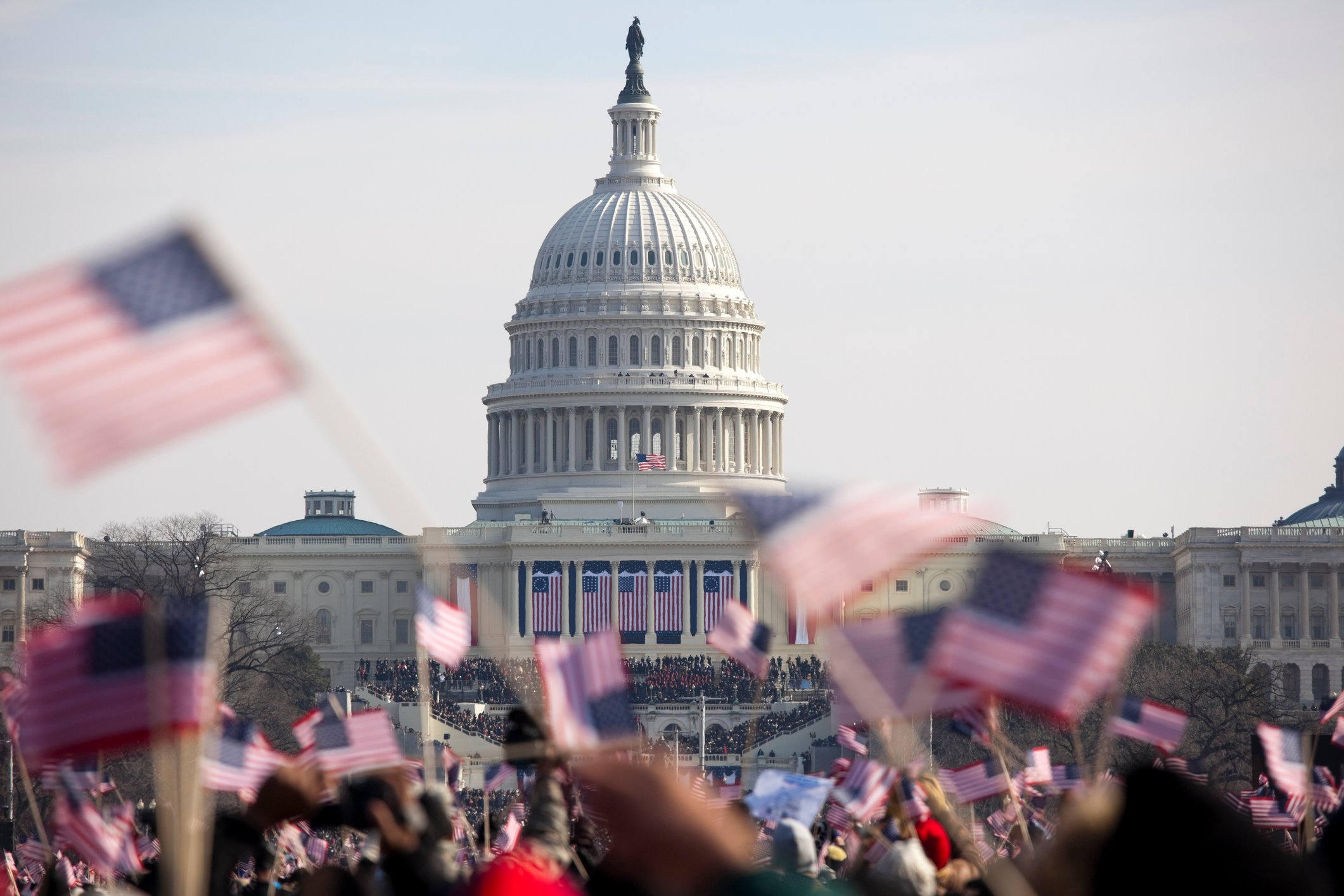
Photo: The inauguration of President Barack Obama, January 20th 2009 / iStock by Getty Images
Modern Day
In our current era of modern presidents, it has been an unspoken agreement that it’s best for our democracy that transitions of power occur smoothly and without contention. In most elections, there is a clear winner via electoral votes, and it is traditional for the loser to acknowledge defeat and publicly congratulate the incumbent, a visible first step in the process of national healing. Concurrently, the outgoing president typically will write a letter to his incumbent and offer advice on how to proceed with the enormous responsibility bestowed upon them. “Reagan wrote to Bush. Bush wrote to Clinton. Clinton to Bush. Bush to Obama. And Obama to Trump. Regardless of party. Regardless of personal beliefs” (Kalman, 2020).

Photo: Letter from president Clinton to president-elect Bush (L); Letter from president Bush to president-elect Obama (R); Getty Images
It is also traditional for the outgoing president to host a tour of the White House for the president-elect and his spouse shortly after the election, along with holding a private series of discussions in the Oval Office. These traditions remind us that the sanctity of the role of president of the United States is bigger than one individual human being, and fundamentally the act of being peaceful from one party to another ensures American democracy stays intact.
Storypath: Elections can enhance student civic understanding through simulation learning
References
Berkowitz, Bonnie, and Madison Walls. “Laws and Customs Guide Presidential Transitions – but Some Go off the Rails Anyway.” The Washington Post. WP Company, December 1, 2020. https://www.washingtonpost.com/graphics/2020/politics/abnormal-transitions-of-power-timeline/.
Bill of Rights Institute. “Contentious Elections and the Peaceful Transition of Power.” Bill of Rights Institute, n.d. https://billofrightsinstitute.org/e-lessons/contentious-elections-and-the-peaceful-transition-of-power.
Center for Presidential Transition. “Presidential Transition Act Summary – Center for Presidential Transition.” Center for Presidential Transition, April 26, 2020. https://presidentialtransition.org/publications/presidential-transition-act-summary/.
Kalman, Alex. “The Letters That Outgoing Presidents Wrote to Their Successors.” The Atlantic. Atlantic Media Company, November 17, 2020. https://www.theatlantic.com/culture/archive/2020/11/letters-presidents-their-successors/617089/.
Library of Congress. “Creating the United States Peaceful Transition.” Peaceful Transition – Creating the United States | Exhibitions. Library of Congress, 2020. https://www.loc.gov/exhibits/creating-the-united-states/peaceful-transition.html.
Sorkin, Amy Davidson. “Lessons from an Unseemly Presidential Transition-From Hoover to F.D.R.” The New Yorker, December 27, 2017. https://www.newyorker.com/news/daily-comment/lessons-from-an-unseemly-presidential-transitionfrom-hoover-to-fdr.
Monet Hendricks is the blog editor and social media/meme connoisseur for Social Studies School Service. Passionate about the field of education, she earned her BA from the University of Southern California before deciding to go back to get her master’s degree in educational psychology. She currently attends the graduate program at Azusa Pacific University pursuing advanced degrees in school psychology and Applied Behavior Analysis. Her favorite activities include watching documentaries on mental health and cooking adventurous vegetarian recipes.
